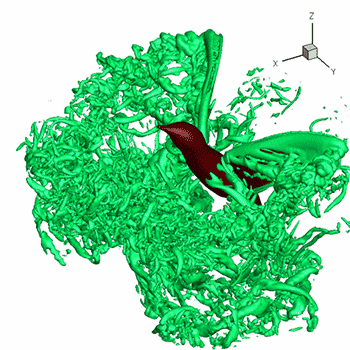How do you identify all asymptotes or holes for #f(x)=(x^2+5x+4)/(-4x)#?
1 Answer
Use asymptote rules as explained below.
Explanation:
To find the vertical asymptote(s), find values of x that will make the denominator = zero.
To find horizontal and/or slant (oblique) asymptotes, compare the degree of the numerator and denominator.
If the degree of the denominator is greater than the degree of the numerator, there is a horizontal asymptote at y=0.
If the degrees of numerator and denominator are equal, the horizontal asymptote is the leading coefficient of the numerator divided by the leading coefficient of the denominator.
If the degree of the numerator is greater, there is a slant (oblique asymptote) found by dividing the numerator by the denominator and disregarding the remainder.
In this example, the degree of the numerator is 2 and the degree of the denominator is 1, so there is a slant asymptote.
Divide each term in the numerator by the denominator:
Disregard the remainder. The first two terms are the equation of the line of the slant asymptote.
Slant asymptote:
Holes are present when the same factor is found in both the numerator and denominator. Factoring the numerator gives

